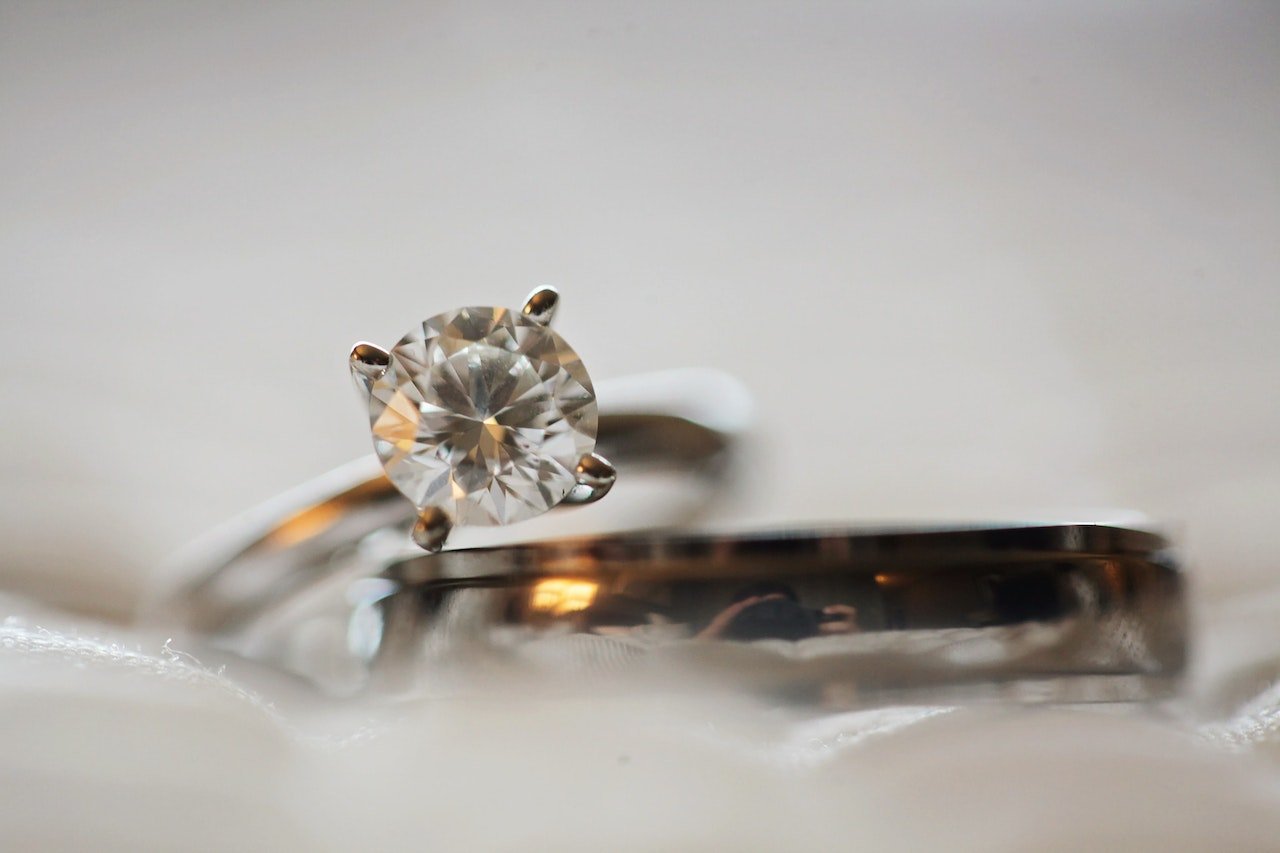Growth Chart Of Labrador Puppies

A Labrador puppy progress chart may help you keep track of your puppy’s progress. It’s exciting to see your young Labrador Retriever dog mature into an adult dog, but it may also be stressful. With this beautiful Labrador puppy development chart, we’ll show you how to detect whether your puppy’s growth is on target today. We’ll look at typical Labrador weight, height, and overall Labrador size at various stages of their lives and address any Labrador puppy growth queries you may have.
Your dog’s growth rate is determined by various variables, including breed, progenitors’ type, nutrition, and overall health. We’ll show you how to utilize these criteria to forecast your dog’s eventual height and weight on a Labrador puppy development chart and when they’ll stop growing. When you initially bring your puppy home, they will develop quickly. However, that pace of expansion rapidly declines. So, when does a dog’s growth halt for good? But how will you realize that your puppy is big enough to be an adult?
Development Chart for Labrador Puppies
On our forum, we have an exciting and long-running topic where users post the weights of their pups at various ages. The Labrador growth chart below displays our information by age in a Labrador weight chart.

Each dot symbolizes a moment in time in the life of a single puppy. Its age in weeks may be found at the bottom of the chart, and his body weight in pounds can be found on the left side. When added together, you can see how the dots form a pattern, but there is still a wide variety in puppy masses at each age.
When Do Labs Stop Growing?
It goes without saying that if the Labrador reaches four years old, he will not grow significantly taller. What about a one-year-old Lab or a two-year-old Lab? In general, dogs stop growing between one and two years. However, it varies by breed.

When Does A Labrador Retriever Reach Full Size?
By their first birthday, the majority of canines are entirely matured. Small breeds, on average, achieve mature height many months before big dogs. Even among the same species, though, dog size varies significantly.
Larger dogs develop more slowly than smaller canines and continue to grow for longer. At the age of nine months, little dogs are often entirely developed. On the other hand, Giant breeds might take up to three years to attain full size.
Energy needs and the pace at which a puppy develops are likely to be affected by the adult size, behavior, and coat type. Even breeds that are identical in size may develop at very different speeds. So comparing the development of your Lab puppy to that of your next-door neighbor’s German Shepherd puppy is pointless.
How Old Is A Labrador Puppy When It Stops Growing?
When it comes to when Lab pups cease developing, there is tiny scientific study — but plenty of anecdotal evidence. The most essential thing worth noting is that each dog is distinctive, and if yours doesn’t match ‘average’ expectations, it’s seldom a reason for alarm.
In 2004, UK research followed 37 Lab pups from birth to maturity and discovered that they had all attained their mature weight by their first birthday. However, a far more extensive life study of over 4,300 UK Labradors recently found that their weight continued to rise between one and four.

When the Labrador puppy reaches maturity, the growth chart is completed. Breeders, veterinarians, and experienced Labrador owners agree that labs cease growing after their second year. However, your Lab puppy’s development will be accomplished mainly by his first birthday. At roughly nine months of age, he will be close to his ultimate adult Labrador height. After this stage, he’ll mostly be ‘filling out’ rather than becoming taller.
Factors That Influence Labrador’s Development
Due to various variables, not all Labradors develop at the same pace or for the same amount of time. There are both pre-birth and post-birth elements to consider. In nature, pre-birth elements like the dog’s DNA and other hereditary characteristics are uncontrolled. However, several post-birth features are unquestionably beyond your control. The following are some of the post-birth elements that may have an impact on your Labrador’s development:
1. Nutrition and Food
Even though your Labrador’s growth is defined by its genes, diet and nutrition contribute significantly to its development.

Assume you take two pups from the same litter with the same genetic material and give one the high-quality food while neglecting to feed the other. The contrast in growth pace and overall development between the dogs is undeniable.
This contrast does not imply overfeeding your Labs in terms of nutrients. You should be aware that a concept is known as “balance” or you should have a labrador puppy feeding chart. Your Labrador puppy’s nutrition should be well-balanced. Your Lab should be provided healthy food in the appropriate amount and quality. According to its genetics, the diet should assist the puppy in achieving its ideal development.

Faster growth rates in Labs may be caused by excessive food and nutrition, which can substantially influence their skeletal structure. Excessive feeding may lead a Lab’s bones to expand too rapidly, resulting in various orthopedic issues.
2. The Dog’s General Well-Being
Your dog’s general health might have a significant impact on its development. Several health conditions might have a considerable influence on your dog’s development.
For example, if a dog has a significant worm infestation, the worms within the dog’s body eat enough calories from the dog, causing the dog’s general development to slow down.
3. Neutralization
Neutering your Labrador might have an influence on their development. Because neutering your dog entirely eliminates the sex hormones that are important for not just sexual behavior but also for controlling physical development.
A skilled breeder can tell the difference between a neutered and an intact Lab by observing its body development. In neutered dogs, the bones expand faster than the natural growth. The closing of the growth plate seems to be delayed in neutered dogs, resulting in prolonged bone development. According to research, lengthy bone development causes changes in joint conformation, which might increase the incidence of hip dysplasia.
Growth Differences Between Black And Chocolate Labs
Other questions I get from time to time include: when do black Labs stop growing? When do chocolate labs stop growing, and how old are they?
Compared to other colored Labradors, some black Lab owners say that their dogs grow larger and faster. Labrador retrievers of all colors, whether yellow, black, or chocolate, develop simultaneously. They stop growing after reaching 9 months of age. They don’t start filling out until they’re two years old. This is a normal growing stage for all Labradors, and it is unaffected by coat color changes.











